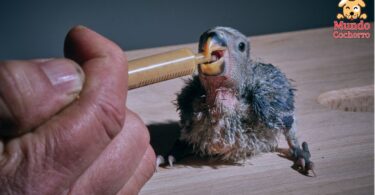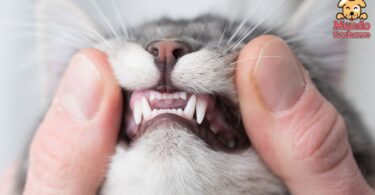It is no secret that animal mistreatment is one of the most scabrous actions in the circus world. For decades environmentalists and animal activists have sought ways to free the creatures that are forced to be circus acts through beatings or whippings. Many times causing their death and subjecting them to live in a captive environment.
Indice
This is precisely the story of 33 rescued lions that were mistreated and mistreated in multiple circuses in South America, specifically in Colombia and Peru. The lions, many of which had no claws or teeth, were rescued from severe malnutrition, parasites and depression.
In all cases they were taken from traveling circuses that offered depressing shows in the cities of Cusco, Piura and Lima, Bogotá and Cúcuta. The rescue, which was carried out between 2014 and 2015, was a joint operation of the National Forest Service and the NGO Animal Defense International (ADI).
The release of the 33 rescued lions
After the imperious efforts, the operation has finally come to an end with the transfer of these cats to natural sanctuaries located in South Africa, their natural environment. It was at the end of last May that the rescue team bid a fond farewell to the 33 rescued lions.
These felines arrived in South Africa, ending a life of martyrdom, malnutrition and mistreatment. His arrival in South Africa was in an aircraft named the “Spirit of Freedom” by Anima Defense International (ADI).
The flight made its first stop in Brazil, where the lions were placed and sedated to sleep for most of the trip. They were also provided with a sufficient amount of food to prepare for their arrival at the reserve where they would be arriving.
Once they arrived at their new home
Upon arrival in South Africa, the lions were received by the reserve’s Ibubesi transporters, which are ideal for transporting large mammals and have specialized personnel to solve any inconvenience.
The 33 lions arrived at a sanctuary in Limpopo, whose 5,000-hectare reserve will allow the animals that can no longer hunt to obtain food for their diet and adapt once again to their natural environment.
In the first part of their adaptation, the felines were placed in a camp to adapt to their new natural environment. After their emotional adaptation, the lions were moved to their new home, where they intend to create an ideal habitat for them.
ADI members clarified that because many of the lions have no teeth or claws, it would be crazy to release them into the wild, as they would not survive. Even those felines that were not lucky enough not to be mutilated would not be accustomed to hunting, so getting food would be an odyssey for them.
Image courtesy of (rpp.pe), all rights reserved.







